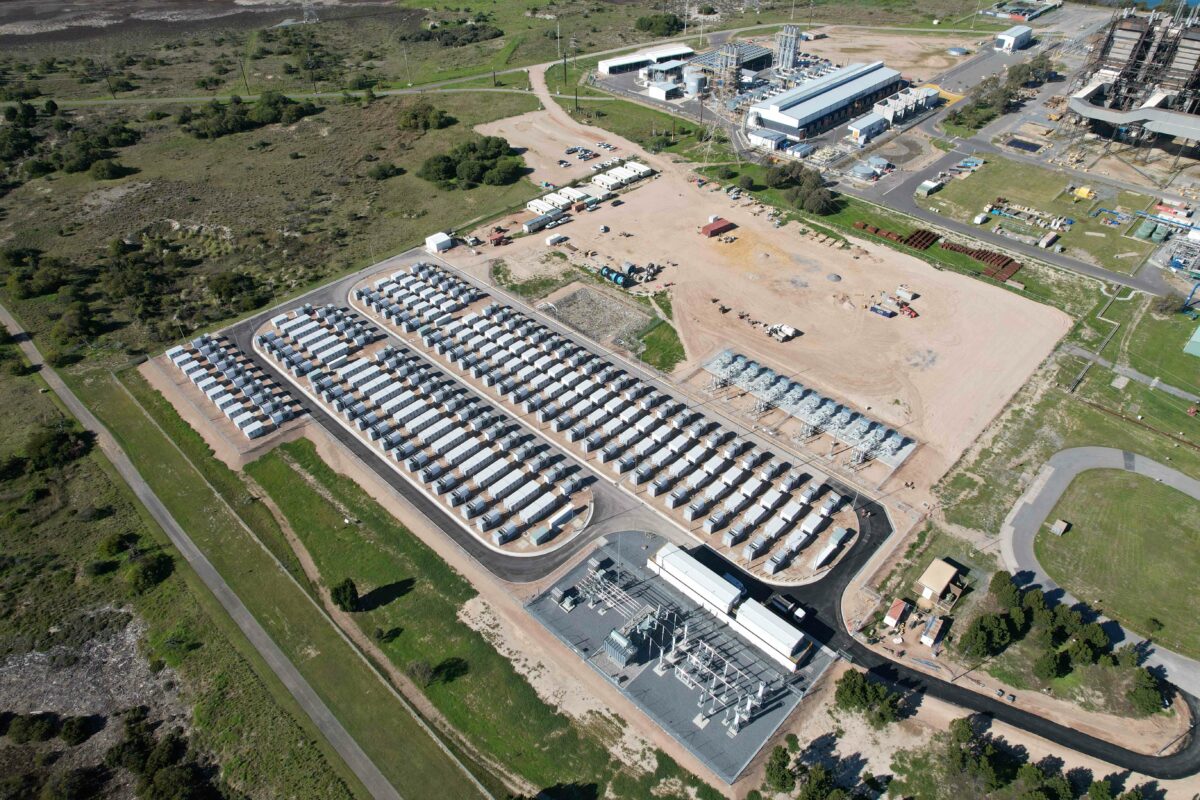
AGL announced its plan to build the BESS back in late 2020. The company is seeking to transform Torrens Island into a “low carbon energy hub” and after decommissioning two out of three units at the gas plant, will retire the third in 2026.
Meanwhile, it has also invested in a new 211MW gas-fired reciprocating power plant, Barker Inlet, on the island, which together with the BESS is part of a AU$475 million (US$304.85 million) commitment to major energy projects there from the utility.
Also in the works is a planned large interconnector between the states of South Australia and NSW which could be online in mid-2026. AGL said last November in announcing the final Torrens plant unit’s closure that the interconnector would reduce the economic viability of the former 800MW plant.
AGL first floated that the BESS could have up to 1,000MWh capacity for 250MW output, but by the time contracts were signed to bring Wärtsilä onto the project in August 2021, it had been revised to its present sizing.
The Torrens Island BESS will help integrate local renewable energy generation, to help maintain the stability of the grid, and Wärtsilä noted the option remains to increase its duration to up to 4-hour.
According to a Wärtsilä release at that time, the contract to supply the BESS equipment and carry out engineering, procurement and construction (EPC) duties was worth more than €100 million (US$109 million). Marking AGL’s first project, it was also the first contract to be handed out by the utility after selecting Wärtsilä as well as rival Fluence as battery contractors through a competitive solicitation.
Wärtsilä, which makes fuel-fired engines as well as energy storage solutions, was also a key contractor on AGL’s Barker Inlet flexible power plant.
AGL CEO Damien Nicks said today that the project was constructed in just 18 months, calling it a “a great example of what can be achieved when government, regulators and the private sector are all working together”.
The system is thought to be second in size only to the Victorian Big Battery (VBB) in the state of Victoria, which is 300MW/450MWh and went online in late 2021 through developer Neoen. However larger projects are already underway, with the Waratah Super Battery in New South Wales (NSW) at an output of at least 850MW and capacity of 1,680MWh the standout.
Inertia from ‘virtual synchronous generation’
It is also the largest BESS in Australia which will provide synchronous inertia to the grid through the application of advanced inverter technology, Wärtsilä claimed. The vital grid service has been traditionally provided on grids around the world by the large rotating mass of thermal generators.
With thermal generation being replaced with variable renewable energy (VRE) from solar PV and wind, the need to replace that inertia has led to numerous large-scale battery projects in Australia being equipped with advanced inverters.
Including retrofits and new-builds, the Australian Renewable Energy Agency (ARENA) has for example directly financially supported the addition of so-called ‘synthetic inertia’ capabilities to BESS projects.
On the Torrens Island project, which will operate in grid-forming mode to deliver the so-called ‘virtual synchronous generation’ (‘VSG’), inverters have been supplied by German PV inverter maker SMA.
However, although the Victorian Big Battery was chosen by ARENA to receive funding for an advanced inverter upgrade, the Torrens Island project was not among eight selected in late December 2022 by the agency. That means once the VBB’s upgrade is complete, that will also be the largest BESS with advanced inverters providing inertia in the country.
“Australia’s energy transition is all about balance. Wärtsilä is partnering with AGL to help balance intermittency of renewables and provide flexible energy capacity, while reducing their operational and lifetime costs,” Andrew Tang, VP of energy storage and optimisation at Wärtsilä said.
Wärtsilä is currently working on another large-scale Australian BESS project. Near the site of Eraring, a black coal power plant set to retire in 2025, the energy storage provider is delivering a 460MW BESS for another major utility, Origin Energy. Construction is thought to be underway, after an update in April said the start was “weeks away”.

